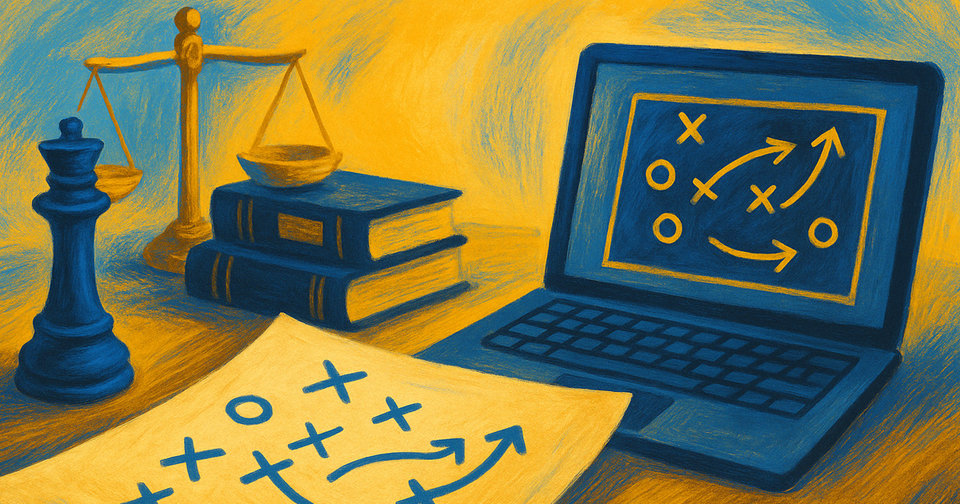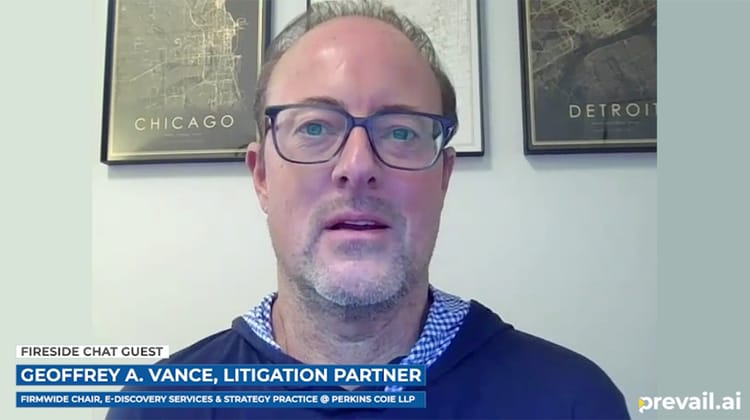Using Depositions to Develop Your Case Strategy

A deposition is more than just fact finding—especially if you're thinking strategically. It’s a distinct moment in litigation when attorneys can test theories in real time, observe how a witness performs under pressure, and sometimes, shift the tone of a case entirely. While it’s easy to frame depositions as a discovery task, treating them like a formality is a missed opportunity.
It’s not just about collecting relevant details. Skilled lawyers are also shaping the narrative and setting the case up for favorable resolution. When approached with intention, depositions quietly lay the groundwork for success, long before a judge ever enters the room.
The Strategic Value of Depositions
Depositions are where legal strategy evolves beyond the theoretical. They offer an opportunity to put case themes under pressure and watch how they hold up. When a witness speaks aloud what you’ve only seen in documents, you get a clearer sense of the narrative’s strength—and where it needs reinforcing.
This is also when you start evaluating credibility in real time. Does the witness come across as reliable? Are they evasive, combative, or surprisingly persuasive? These cues can help shape how—or if—they’ll be used at trial.
But there’s also a structural layer to consider. Depositions help build a clean record for motion practice and set your case on the right track for settlement. They can uncover key admissions, contradictions, or patterns that bolster dispositive arguments. And, just as importantly, they offer a preview of opposing counsel’s style: how they prep their clients, how aggressively they push, and what they prioritize.
Strategic attorneys treat depositions like rehearsal, reconnaissance, and record-making, all at once. It’s not busy work. It’s the groundwork for controlling the case narrative down the line.
Pre-Deposition Strategy
Good strategy starts before anyone’s sworn in. Every deposition should serve a specific purpose—plural, ideally. Are you pressure-testing a theme? Locking in testimony for a key motion? Getting a read on a reluctant witness? Settling the table for mediation? The sharper your objectives, the more useful the deposition becomes.
Start by thinking big picture. Which witnesses move the ball forward, and which ones are background noise? Prioritize accordingly. Deposing the right person too early—or too late—can skew how the case evolves, especially if discovery is still unfolding.
Then, there’s timing. Strategically sequencing depositions lets you build momentum. Sometimes you need the baseline before going after the big fish. Other times, it’s better to flip that approach and let the earlier testimony create leverage.
Documents matter, too. Not all exhibits need to come out in the room, but your selections should guide the conversation, not just pad the record. Pull what supports your goals. Drop what doesn’t.
And finally, keep everything tethered to your broader case theory. Depositions are tactical tools—but they often work best when used in sync with the full litigation timeline.
During the Deposition
Every question should serve a function: better understanding the facts (both good and bad), securing favorable testimony from opposing party witnesses, exposing inconsistencies, or strengthening the record for settlement, motion practice, or trial. If a line of questioning doesn’t move the strategy forward, it may be time to recalibrate.
Effective examination often hinges on the witness. Attentive listening allows you to identify opportunities in real time—whether it’s pressing for clarity, redirecting the narrative, or pausing to let an answer stand uncomfortably on the record.
Challenging witnesses—those who are evasive, combative, or overly prepared—don’t necessarily need to be outmaneuvered. Often, their behavior speaks volumes when reflected in a clean, well-structured transcript, and even more so in a video clip. Maintain composure, document the tone, and keep the broader objective in sight.
Depositions also offer a crucial preview of trial testimony. Observing how a witness responds under questioning provides invaluable context: not just what they say, but how they say it. And knowing when to pivot—or walk away from an unproductive line—can preserve credibility while keeping your strategy intact.
Post-Deposition Analysis
Once you have the full transcript in hand, the real chess match begins. This is where you trace the ripple effects: What shifted? What solidified? Which part of your case theory just got reinforced—or quietly collapsed?
A strong deposition isn’t a standalone win; it’s a diagnostic tool. Review it with precision. Look for moments that crack open new discovery angles or signal a pivot in how you frame a claim or defense. Sometimes, a single phrase can reshape a motion, argument, or case theory. Other times, it’s the gaps that speak loudest.
This is also the point where your posture on settlement might evolve. If a witness floundered or landed a blow, that can sway leverage, even subtly. Adjust accordingly, but don’t rush the recalibration.
The smartest legal teams treat this phase like a post-game breakdown. And soon, with tools like Prevail’s Game Plan, synthesizing this kind of analysis won’t require hours of cross-referencing transcripts and outlines—it’ll be baked into your workflow. Strategically. Intuitively. Like it always should have been.
Make Depositions Work Harder
Think of depositions not as checkboxes, but as catalysts. When approached deliberately—from pre-deposition prep to post-depo analysis—they shape the narrative, reveal vulnerabilities, and clarify next steps.
The most effective attorneys treat every deposition as a strategic move: planning the sequence, tailoring the approach, and staying nimble in the moment. Then, they study the results like game tape.
With the right tools, the real work begins after the deposition ends. Reviewing testimony, identifying key admissions, and connecting the dots between witnesses can shift your entire case strategy. Features like Game Plan help streamline that process, so you’re not just collecting testimony—you’re leveraging it to win your case.




